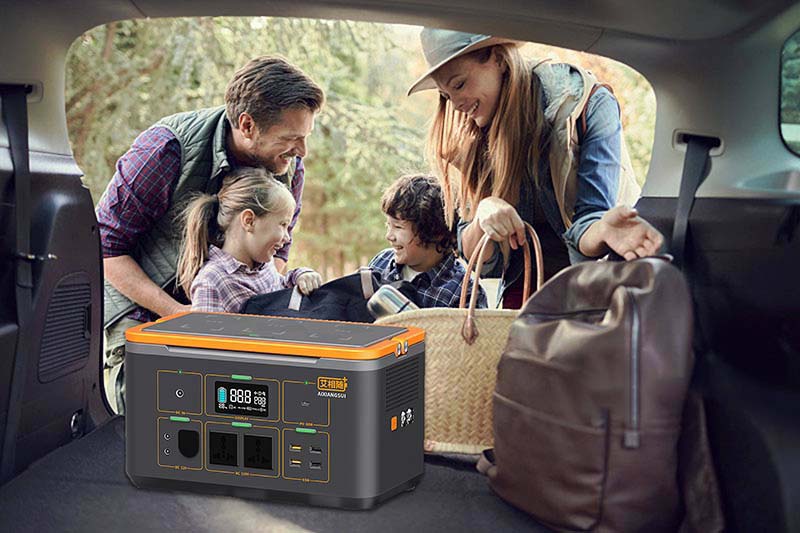power station to home diagram
Portable power station can be used for Portable massagers, Mini lie detectors, Smart locks, Voice recorders, Mini fans, etc, A power station to home diagram illustrates the journey of electricity from its generation to its final use in household...

Essential Devices Powered
- Compatible with MPPT solar charge controllers to improve solar energy conversion efficiency.
- Low battery alert thresholds can be set, and alarm battery levels can be customized.
- It consumes little power under low load conditions, reducing unnecessary power loss.
- This can provide continuous power for car refrigerators, dashcams, and mobile phones during road trips.
- Pet companions can provide power for pet water fountains and incubators.
Camping Benefits
- Orchard small irrigation water pump operation
- Portable aerator pump for fishing runs continuously (keeping live fish fresh).
- Forest fire rescue lighting + walkie-talkie extended battery life
- Livestock farm surveillance camera power supply
- Portable aerator pump for aquaculture (emergency oxygen supply)
A power station to home diagram illustrates the journey of electricity from its generation to its final use in households. It begins at the power station, where energy is produced through various sources such as coal, natural gas, nuclear, hydro, wind, or solar power. The generated electricity is then stepped up to a high voltage by transformers to ensure efficient long-distance transmission through power lines. Next, the electricity travels through transmission lines, spanning vast distances to reach substations near residential areas. At these substations, transformers reduce the voltage to safer levels suitable for distribution. From there, the electricity flows through distribution lines, which branch out into neighborhoods and streets. Finally, electricity enters individual homes through service lines and passes through a meter that measures consumption. Inside the home, it powers appliances, lighting, heating, and electronic devices, enabling daily activities and comfort. This diagram not only highlights the complexity and efficiency of the electrical grid but also underscores the importance of each component in delivering reliable power safely. Understanding this flow helps consumers appreciate the infrastructure behind their everyday electricity use and the continuous efforts to maintain and improve the energy supply system.


